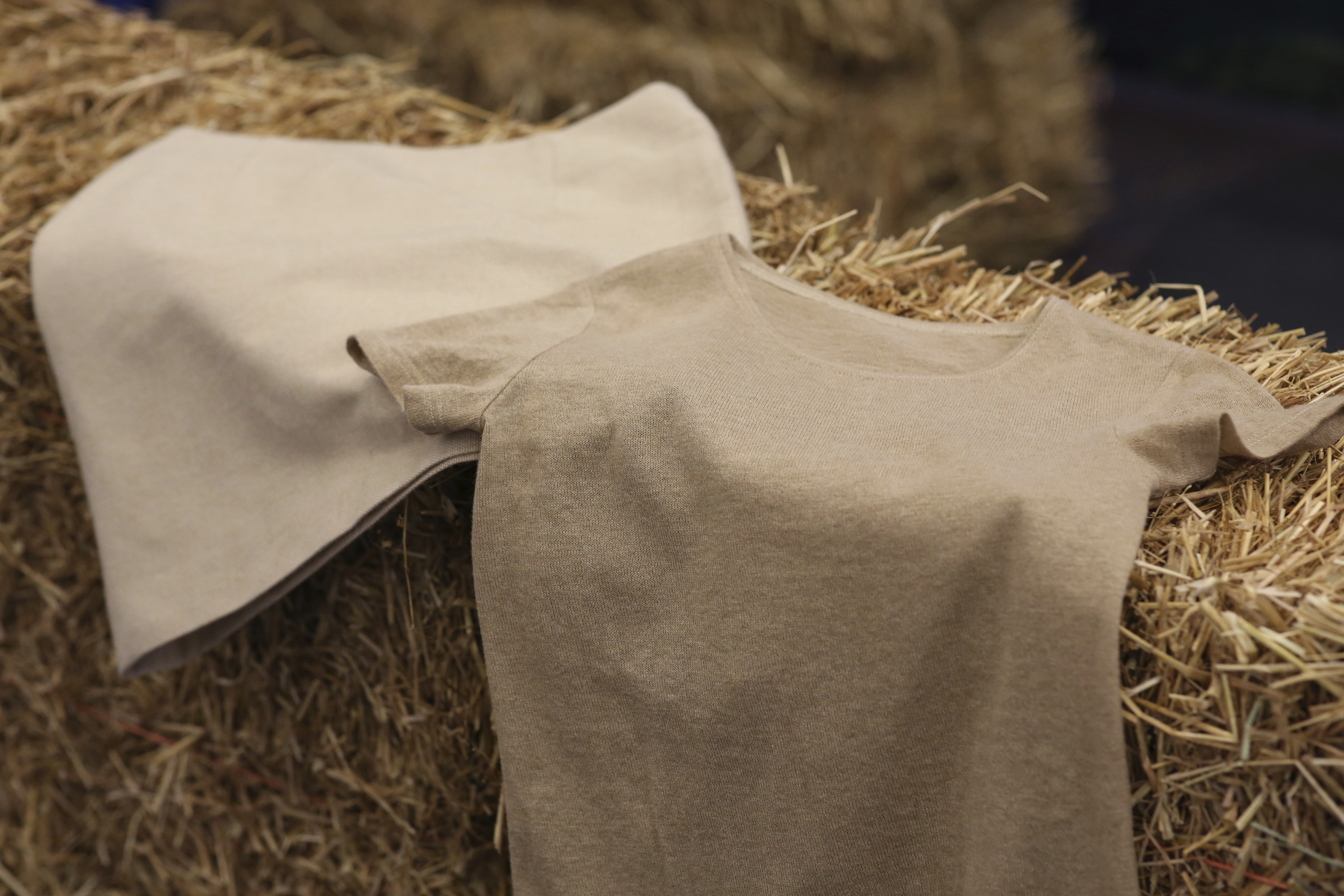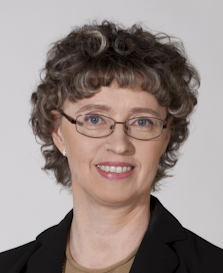ExpandFibre gathers biomass refiners to spearhead sustainable textile industry
Fortunately, there has since been a huge leap in environmental matters, but I would argue that there is no longer such a broad understanding of the importance of the bioeconomy. The bioeconomy, together with the circular economy, enables the transition towards carbon neutrality by reducing the use of non-renewable resources.
ExpandFibre, Metsä Group's and Fortum's joint collaboration, for its part, takes the bioeconomy to the level it deserves, together with many other companies and research institutes.
What biomass is and what can be obtained from it
Personally, I started to get a deeper insight into biomass just over five years ago. Biomass - be it wood, straw, grass, flowers - always consists of three main components: cellulose, hemicellulose and lignin. Cellulose brings strength to biomass: it can be identified, for example, by trying to pull the grass lengthwise, which requires quite a bit of force. Hemicellulose brings flexibility to biomass: in the wind, trees sway but need a strong storm to break. Lignin is the adhesive that holds everything together. Each of these components has a role to play on the road towards carbon neutrality.
Paper, board and hygiene products have been made from cellulose for decades. One would think that the most significant product development is behind us but that is far from true. Significant newer application areas include textiles, composites and pharmaceutical applications, and even in the more traditional areas it is still possible to bring about significant development. Most applications replace fossil raw materials.
Hemicellulose is a fairly recent area of application. It can be applied in, for example, food, cosmetics, plastics and many chemicals. Hemicellulose can replace either fossil raw materials or raw materials in the food chain. There can be hundreds or even thousands of applications.
Lignin - that viciously sticky and all-polluting substance - can finally prove to be more valuable than gold and applicable in high-value products. The first commercial applications to replace fossil fuels are already on the market and new ones are being developed. Areas of application can cover construction industry, asphalt or even raw material for batteries.
The bioeconomy is a systemic solution to global problems
We need to harness a larger number of different biomasses into raw material. In ExpandFibre, Fortum intends to focus on grass-based raw materials such as straw.
Globally, we are currently wasting huge amounts of biomass. For example, around 50 million tonnes of agricultural waste, including rice straw, are incinerated around Delhi every year. This amount alone, processed into textile fiber, would account for more than half of global cotton production. Now, in October-November every year, the waste that is incinerated causes smoke emissions in Delhi, the effect of which is equivalent to the daily dose of a couple of cigarettes.

Cotton, on the other hand, is produced very unsustainably, as it consumes a lot of water and uses insecticides. In addition, the production of oil-based textile fibers is growing both in absolute and relative terms and now accounts for about two-thirds of all textile fibers.
We must strive to use all biomass components as resource-efficiently as possible. While developing all biomass fractions in ExpandFibre, we must follow the same principle in substituting non-renewable, fossil and other unsustainable or food raw materials that is used in eating an elephant: we can make the world more sustainable one bite at a time.
Finland can be a global vanguard of sustainable textile industry
In ExpandFibre, the common thread of the project is the textile value chain. This is because the major global sustainability challenges in the industry are vastly recognized and Finnish actors can offer concrete solutions to them. In Finland, several sustainable textile technologies and projects are being developed to expand the raw material base from wood to agribiomass and recycled fiber.
Metsä and Fortum have launched ExpandFibre by exploring the possibilities to disrupt the textile value chain. One conclusion is that there is disruption potential in the industry but as usual, disruption is not likely to start within the industry. We have the opportunity to become a global leader in the sustainable textile industry!
Let us be proud of what we do in Finland, but at the same time humble to change and develop what we do so that we can achieve much more. At the same time, we must ensure that change is also financially sustainable - otherwise we will not bring about change that is lasting and sustainable. Let us also remember to be clear about what we are doing.
In ExpandFibre, Metsä and Fortum will humbly build the future and welcome all companies, research institutes, universities and others to make the world more sustainable!
Business Finland organized a competition in which it challenged leading companies of networks with international operations to solve significant future challenges and increase its research, development and innovation investments in Finland. Among others, Metsä and Fortum are the winners of the leading companies' challenge competition. The winning companies have committed to increase the number of RDI jobs by a total of hundreds and their RDI investments by a total of hundreds of millions of euros. If successful, the projects will lead to additional investments of several billion euros in Finland. Read more
This blog was first published in English on ExpandFibre website.
